Enjoying the Pike
-
About this Collection
Learn about the world or just have fun? The attractions on the Pike offered visitors both. The Pike ran for about one mile from the entrance at the Plaza of St. Louis to University Way.
Shows, restaurants and amusement attractions were enjoyed from morning until close at 11:00 in the evening. All along the Pike, troupes of entertainers beckoned visitors to come enjoy the ‘best show on the grounds’.
And what fun visitors found. There were animal shows, parades, water chutes, fire fighting demonstrations, and a funhouse.
General admission to the concessions ranged from ten cents to twenty-five cents. Some concessions charged extra for special attractions.
A walk down the Pike was truly a global experience. Strange sights and sounds along with exotic buildings and peoples filled the senses. Dancers from Asia, Spain, Russia and Egypt swayed to music from curious instruments. The rounded dome of a mosque, jagged edges of the Tyrolean Alps, 100-foot cliff dwellings and steep roofs of several teahouses filled the skyline. At ground level visitors shared the midway with camels, donkeys, horses, snake charmers and boomerang throwers. Restaurants up and down the Pike introduced visitors to foods from Ireland, China or Japan while they sat next to people from all parts of the world.
Some St. Louisans hoped to make the Pike permanent. Adolphus Busch purchased the Tyrolean Alps attraction with the idea of opening a summer theater. This plan was eventually abandoned.
-
Pike, looking east
The Pike was a street where there were many shows and other activities. Hagenbeck's Zoological Paradise and Animal Circus included animal exhibits, rides and shows. The Temple of Mirth was a funhouse. The Galveston Flood reenacted the Texas flood of 1900. The Pike was most popular at night. Many of the other displays closed at sunset. The fairgrounds were open until 11:30 p.m.
-
Camel ride along the Pike
The St. Louis World's Fair was called an exposition of transportation because there were so many ways of getting around the Fairgrounds. Some forms of transportation were part of everyday life in St. Louis like trolley cars and trains. Other types of transportation were more exotic such as gondolas and rickshaws. Still others were relatively new or unusual like automobiles and dirigibles. Many of these forms of transportation were available for people to try first hand. Others were only on display in the Palace of Transportation.
-
Elephants shooting the chutes on the Pike
The Water Chutes on the Pike were 250 feet long and were said to be the longest and highest ever built.
One of the most popular exhibits on the Pike was Carl Hagenbeck's Zoological Paradise and Animal Circus. It cost ten cents to see the animals. For ten cents more you could see curiosity shows or take an animal ride. It cost fifty cents more for the trained animal show. Turtle rides, Zebu carts, and Elephants shooting the chutes were a few of the things you could see.
-
Emmett W. McConnell, chief of concessionaires on the Pike
Emmett W. McConnell is a scion of pure Scotch-Irish stock, which settled in the Shenandoah Valley of Virginia. He has enlisted the most conservative capital of St. Louis in colossal enterprises, owned and operated by the Criterion Concession Co. The attractions are Galveston Flood, New York to the North Pole, and Battle Abbey.
-
Invitation to the opening performances of Beautiful Jim Key
Here may be seen an educated horse, who reads, writes, spells, counts and changes money. Housed in his golden horseshoe pavilion, this wonderful equine holds daily receptions and is one of the real novelties of the Pike.
-
Eskimo village, Alaska mining camp, and Creation brought visitors to the Pike
-
Fine horses and their admirers before a gorgeous Chinese house on the Pike
-
General view of Pike, World's Fair, St. Louis
-
Hales Fire Fighters
Under the direction of George Hale, for many years chief of the Kansas City, Mo., fire department, Hale's Fire Fighters presented the spectacle of a fire company battling fires and saving lives. Hale's building was located at the west end of the Pike. 'Exhibitions were given in a large arena in which was shown a panoramic view of New York City after night.' Hale's crew of firefighters and trained horses had also performed at the Paris Exposition.
-
High diver grabs the interest of Pike visitors
Fair-goers along the Pike watch the performance of a high diver. The Edelweiss Restaurant seen at the right of the photograph was part of the Old St. Louis concession.
-
Interior of the submarine boat, Under and Over the Sea, on the Pike
Forty amusements, which cost $5,000,000, extend one and one-half miles from the Lindell Entrance west to Skinker Road.
The Under and Over the Sea concession on the Pike took visitors on an 'illusionary voyage ito Paris in a submarine boat, through the bullseyes of which the traveler may view the wonders of the deep. After reaching Paris the visitor ascends the Eiffel Tower and scans the metropolis of France. From the Eiffel Tower an airship is entered which crosses the Atlantic and brings the visitor back to St. Louis.'
-
Inaugural reception from the Criterion Concession Company, May 28, 1904
-
Naval exhibit on the Pike
-
On the Pike at the World's Fair, St. Louis
-
Opening day of horse show. Parade on the Pike
The Grand Blooded Horse Show parade took place on August 23, 1904. Registered animals representing twenty breeds took part. The parade was reviewed by David R. Francis, president of the Louisiana Purchase Exposition Company, Col. Charles F. Mills, chief of the Live Stock Department, and other officials.
-
Shooting the Chutes on The Pike, Louisiana Purchase Exposition, St. Louis, Mo., U.S.A.
Near the west of the Pike, and on the north side, was built a great tank, probably 200 x 400 feet. At the opposite end of this pool was a double track incline, down which dashed the flat bottom boats, loaded with pleasure seekers and with their carmen dressed in the uniform of the American Navy. This shoot is a very thrilling experience, especially to the uninitiated. The screams and laughter of men, women and children strongly emphasized their delight. The bounding of the boat as it strikes the water reminds one for the instant of riding the waves in a storm at sea.
-
Submarine boat, Under and Over the Sea, on the Pike
The Under and Over the Sea concession on the Pike took visitors on an illusionary voyage to Paris in a submarine boat, through the bullseyes of which the traveler may view the wonders of the deep. After reaching Paris the visitor ascends the Eiffel Tower and scans the metropolis of France. From the Eiffel Tower an airship is entered which crosses the Atlantic and brings the visitor back to St. Louis.
-
The Magic Whirlpool on the Pike
-
Exhibitor I. Benyakar's Egyptian mosque
-
Chinese community on the Pike
The Chinese village on the Pike had shops, two restaurants serving Chinese dishes, and a theater where Chinese dramas were performed.
-
Fair Japan's main entrance on the Pike
The main entrance to the Japanese exhibit on the Pike was a reproduction of the 17th century gateway to the Bio of Ieysau at Nikko.
-
Visitors and performers walk along the Pike
A scene along the Pike at the Louisiana Purchase Exposition in St. Louis. On the left is Hagenbeck's Circus; on the right the Mysterious Asia concession.
-
Russian singers and dancers on the Pike
A troup of Russian performers entertained in the Russian theater, adjoining the 'Trip to Siberia.' The fifty performers in their native costumes sang and danced.
-
E. J. Austin, wizard of the Pike
E. J. Austin, the artistic second partner of the late Steele Mackaye, was the creator of three concessions on the Pike: the pictorial and plastic parts of the Galveston Flood, the realistic trip from the city of New York to the North Pole, and the Battle Abbey.
-
Fun makers on the crowded Pike -- a street of enticing shows, World's Fair, St. Louis, U.S.A.
This photo is looking eastward from a point about half-way down the Pike; that curiving front marks the entrance to Cummins Indian Show.
-
Holiday crowds and giddy damsels who enterain on the swarming 'Pike' at the World's Fair
-
Pike on St. Louis Day
A view of Hagenbeck's Wild Animal Paradise on the Pike, September 15, 1904.
-
The Pike looking east from the 'Galveston Flood' exhibit
-
The Pike, a 'Mile of amusements' on Labor Day at the Louisiana Purchase Exposition
At the west end of the Pike stands the Galveston Flood, a mysteriously realistic reproduction of that devastating storm, which almost swept Galveston off the map in September 1900.
-
Well-dressed crowds filled the walkways on the Pike
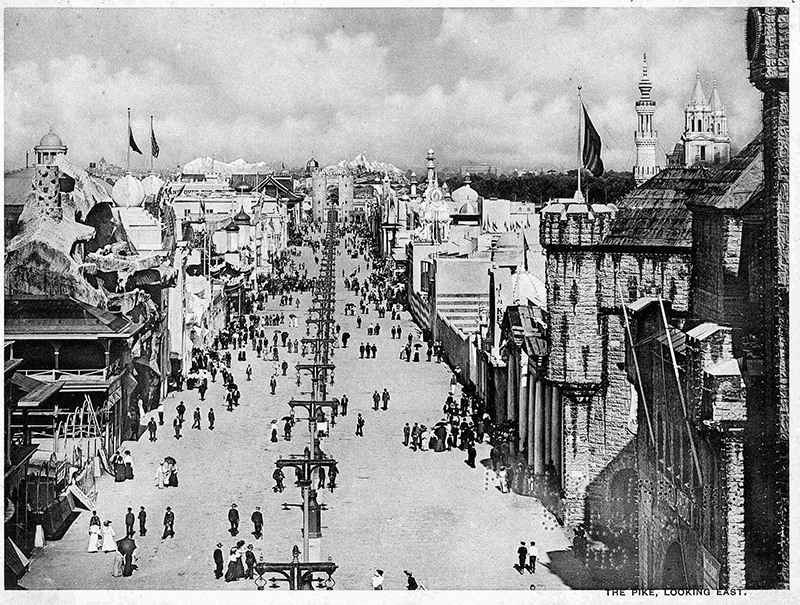 View Image
View Image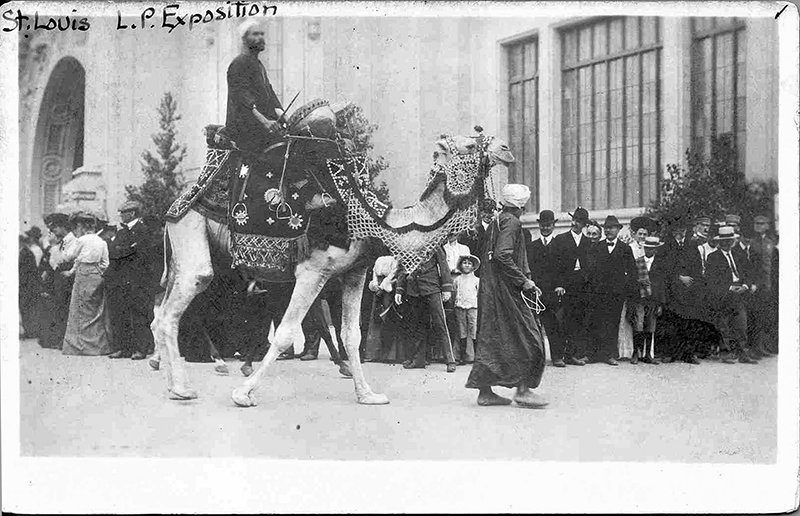 View Image
View Image View Image
View Image View Image
View Image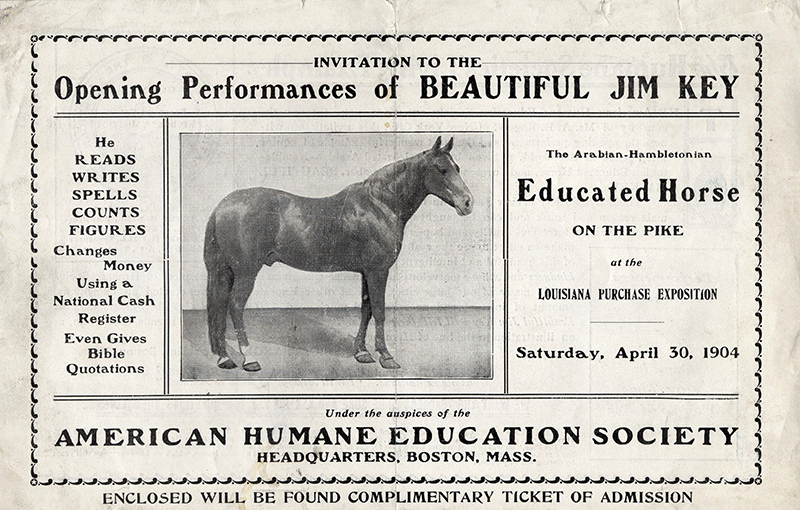 View Image
View Image View Image
View Image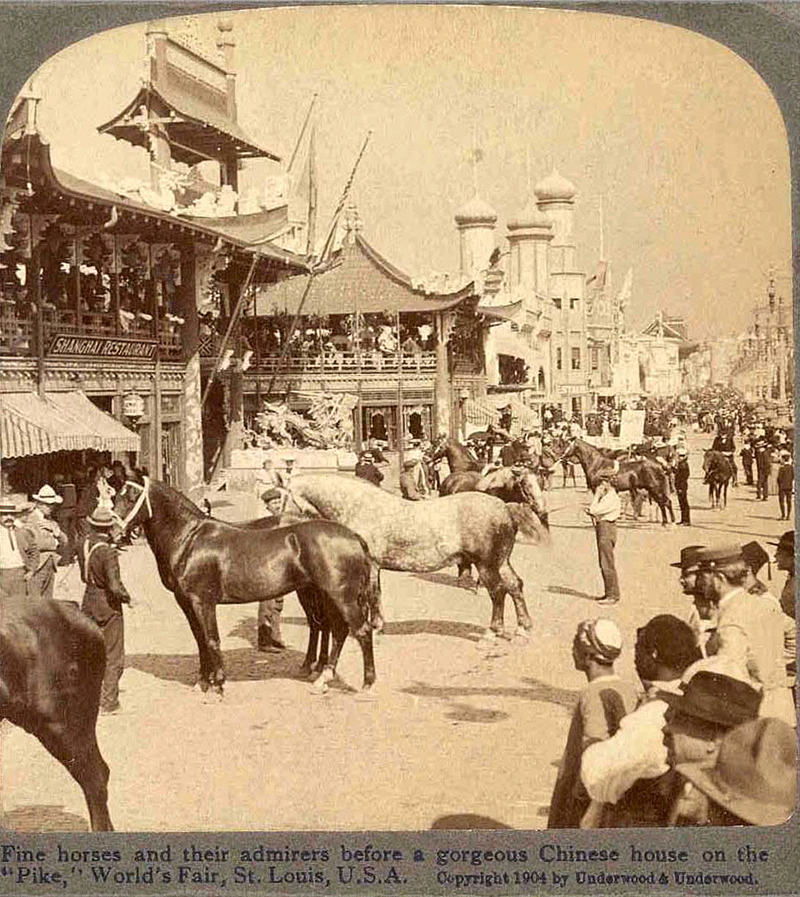 View Image
View Image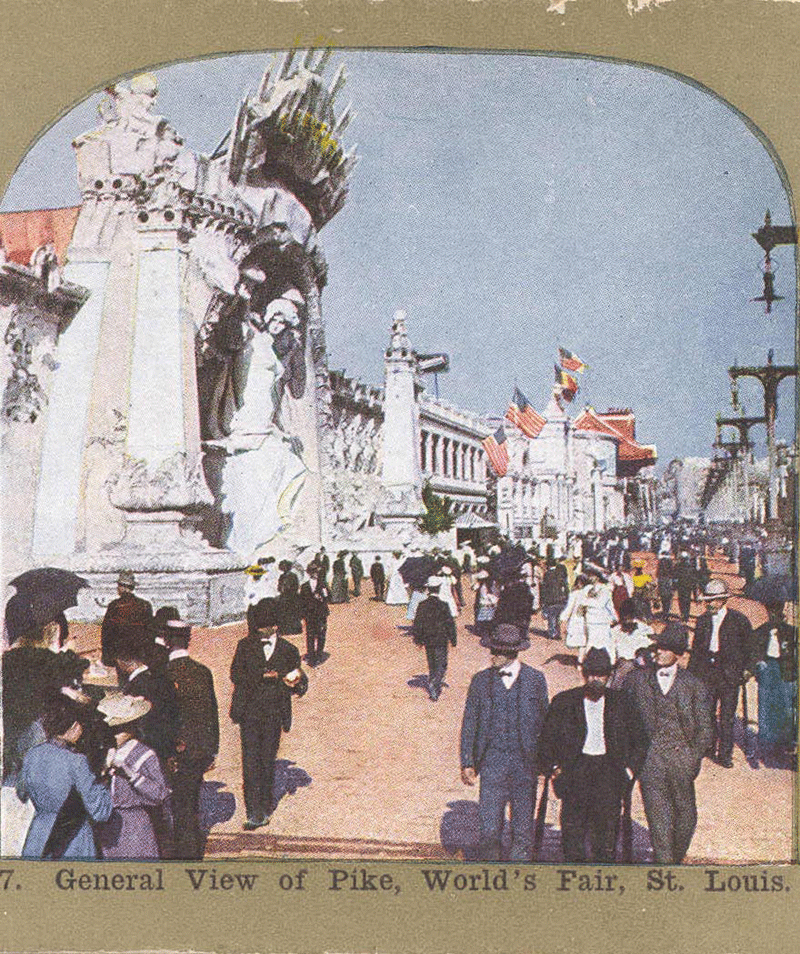 View Image
View Image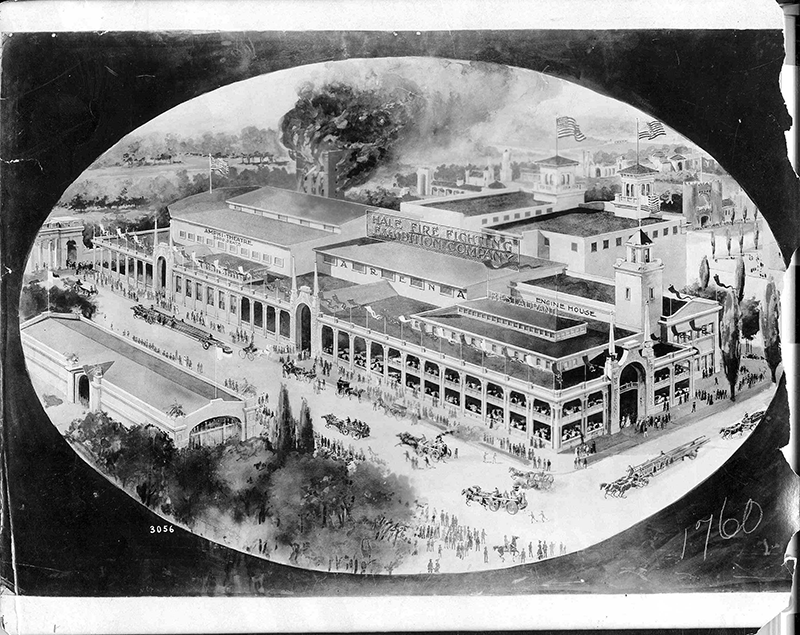 View Image
View Image View Image
View Image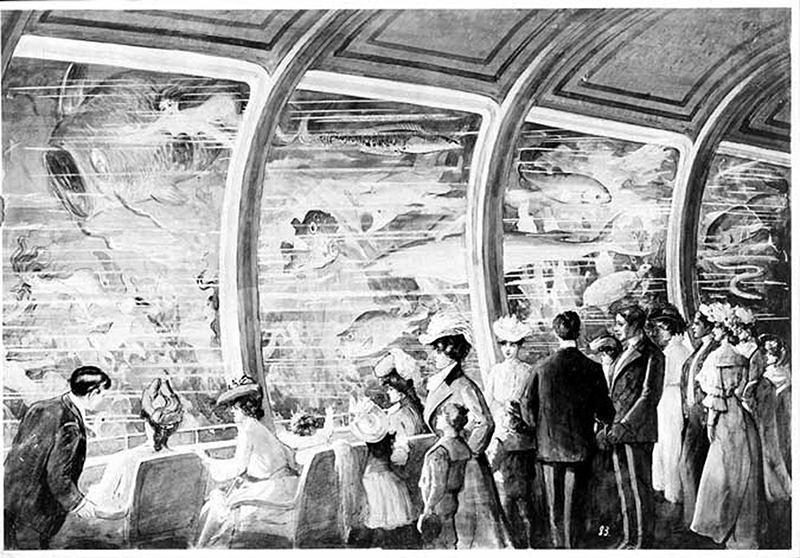 View Image
View Image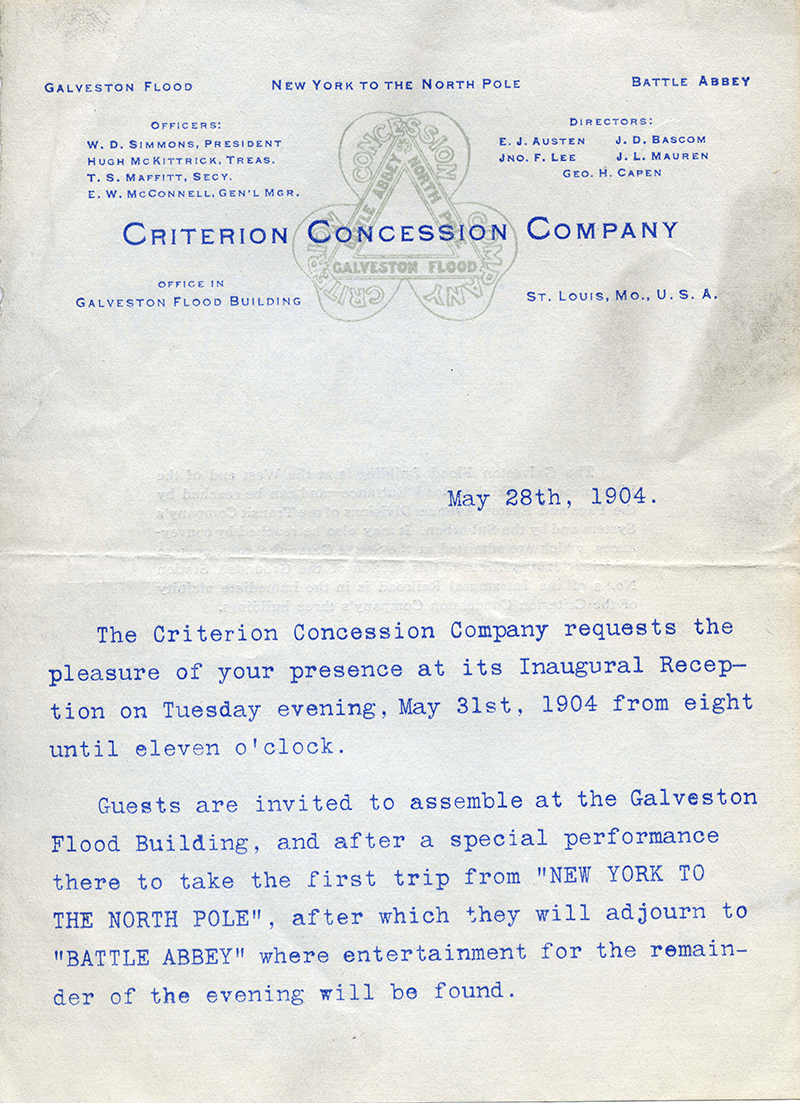 View Image
View Image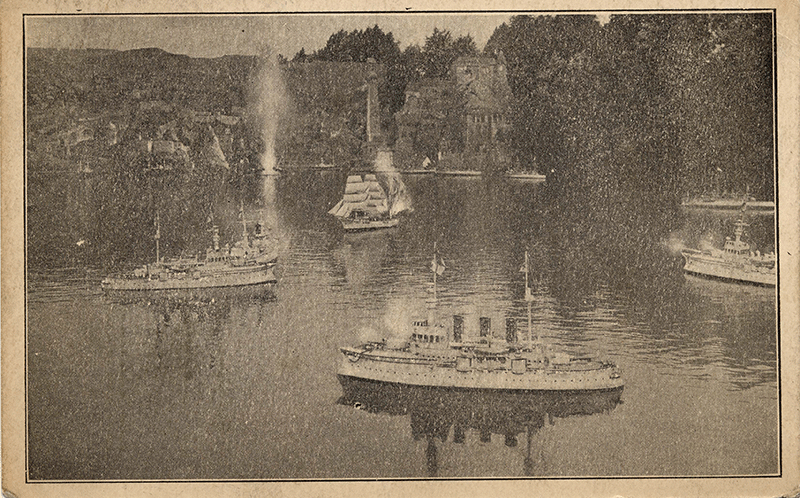 View Image
View Image View Image
View Image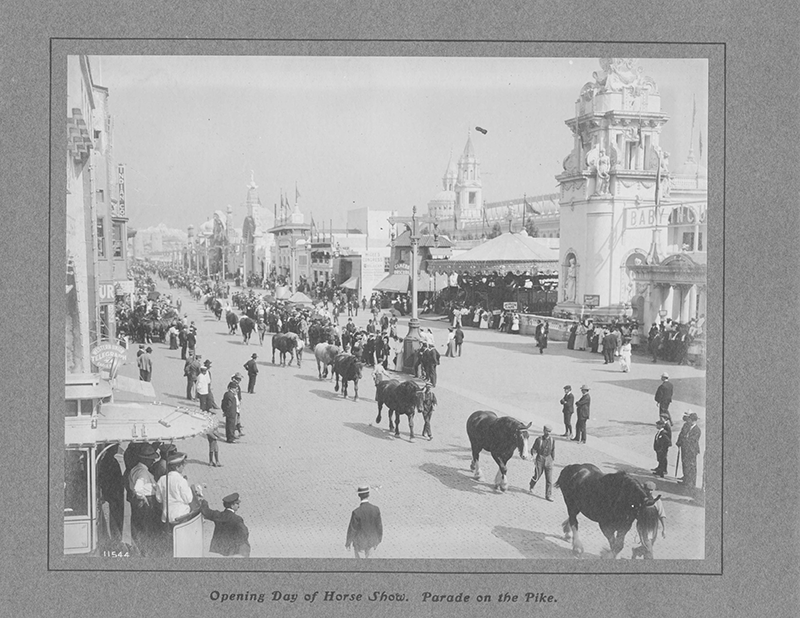 View Image
View Image View Image
View Image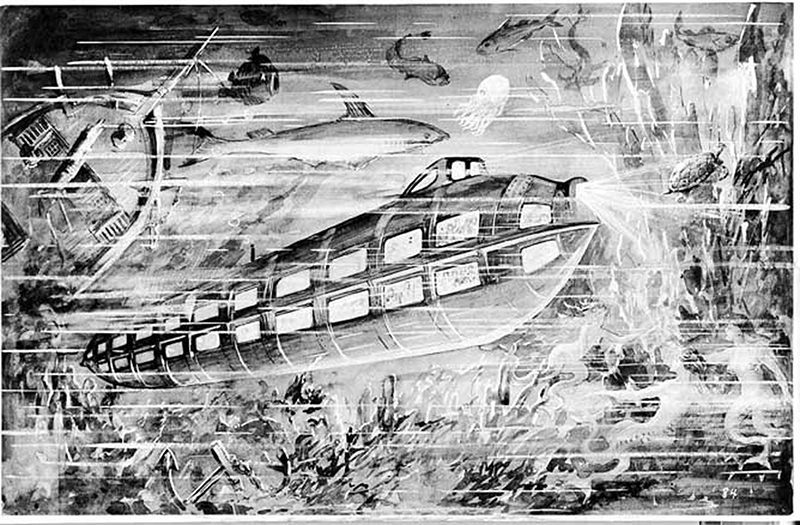 View Image
View Image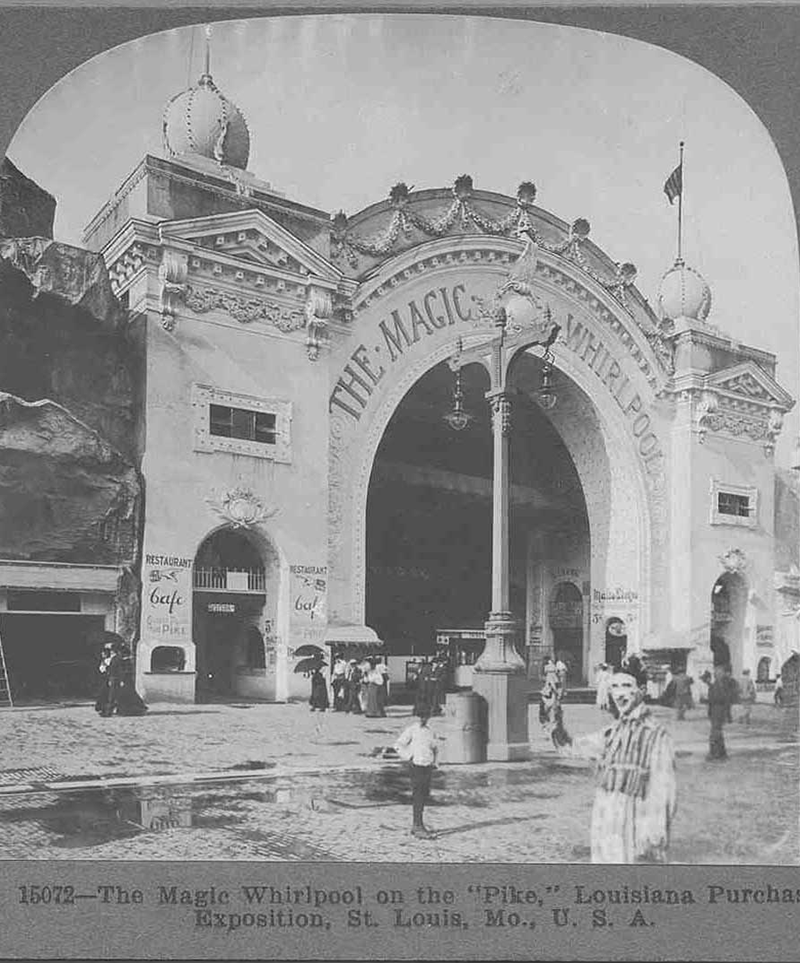 View Image
View Image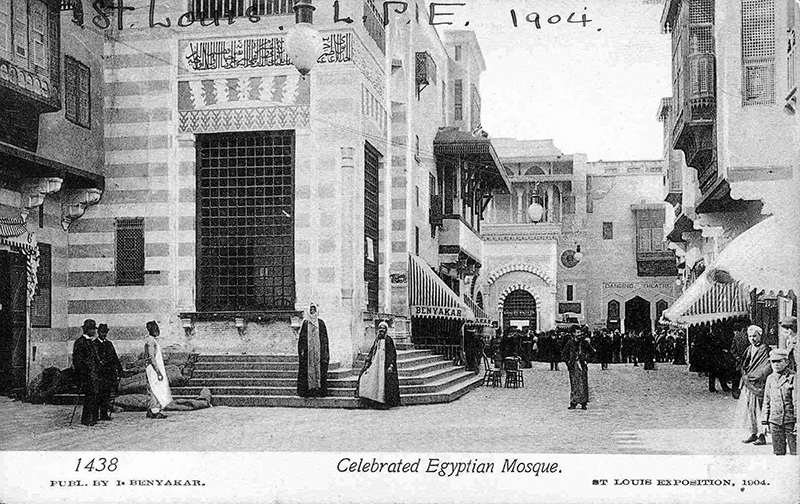 View Image
View Image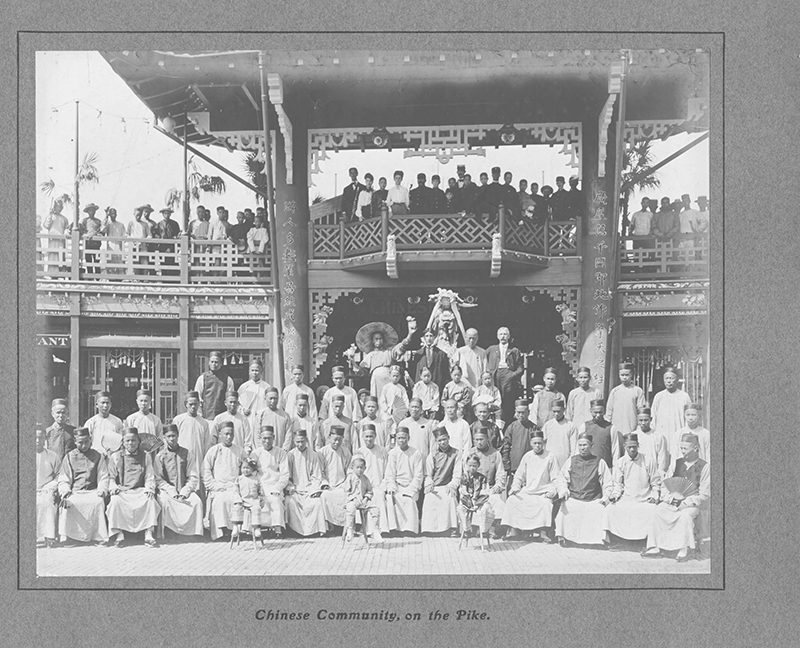 View Image
View Image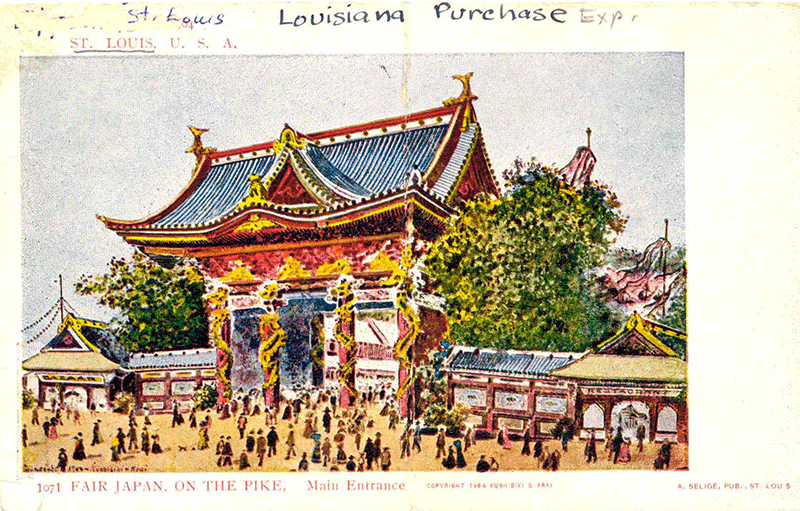 View Image
View Image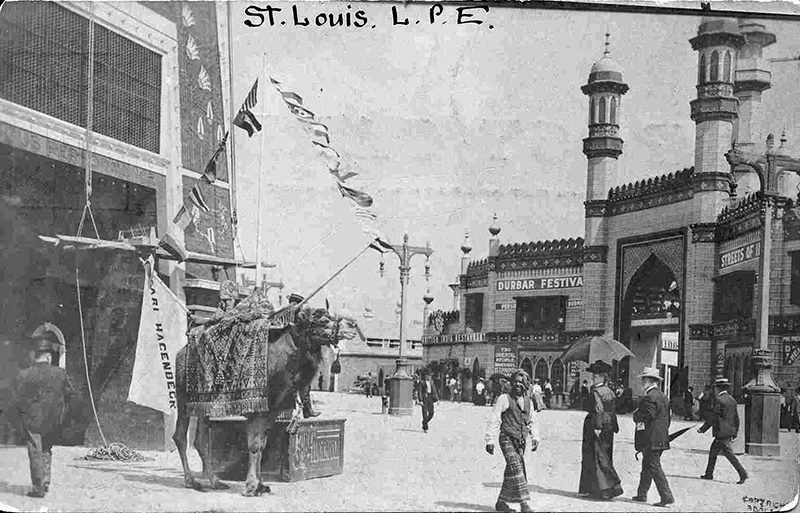 View Image
View Image View Image
View Image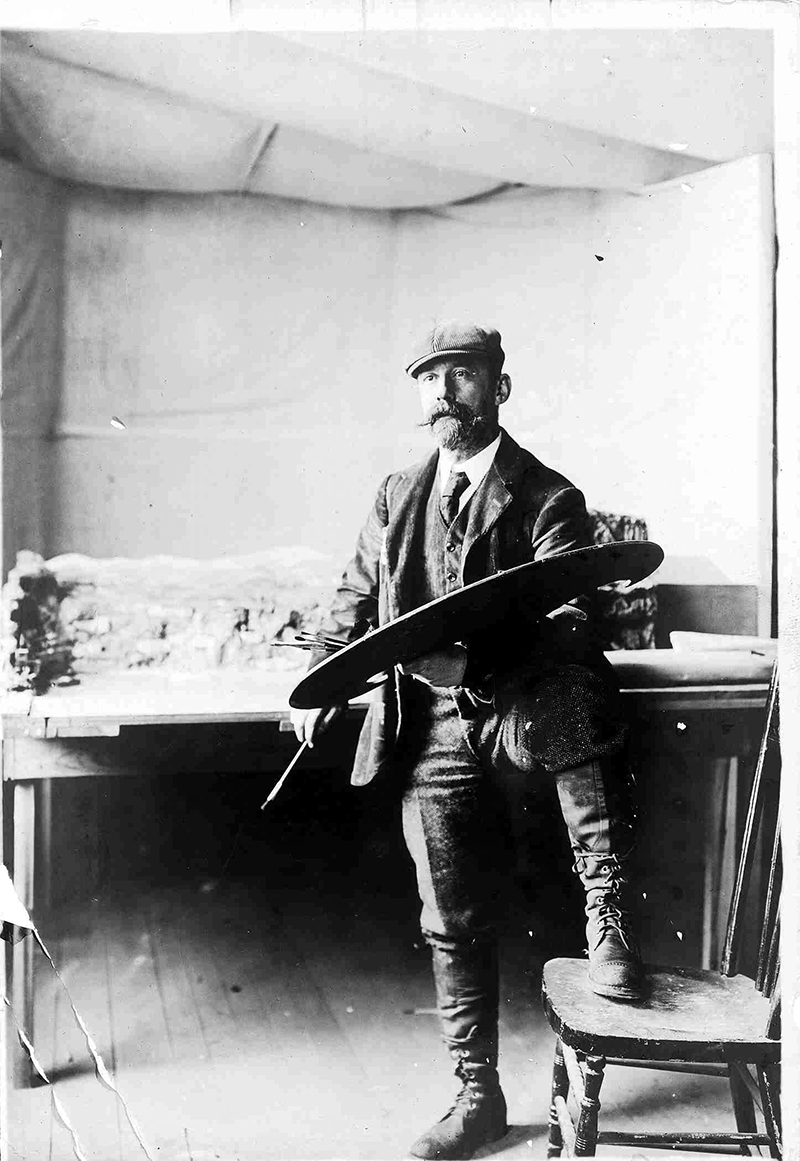 View Image
View Image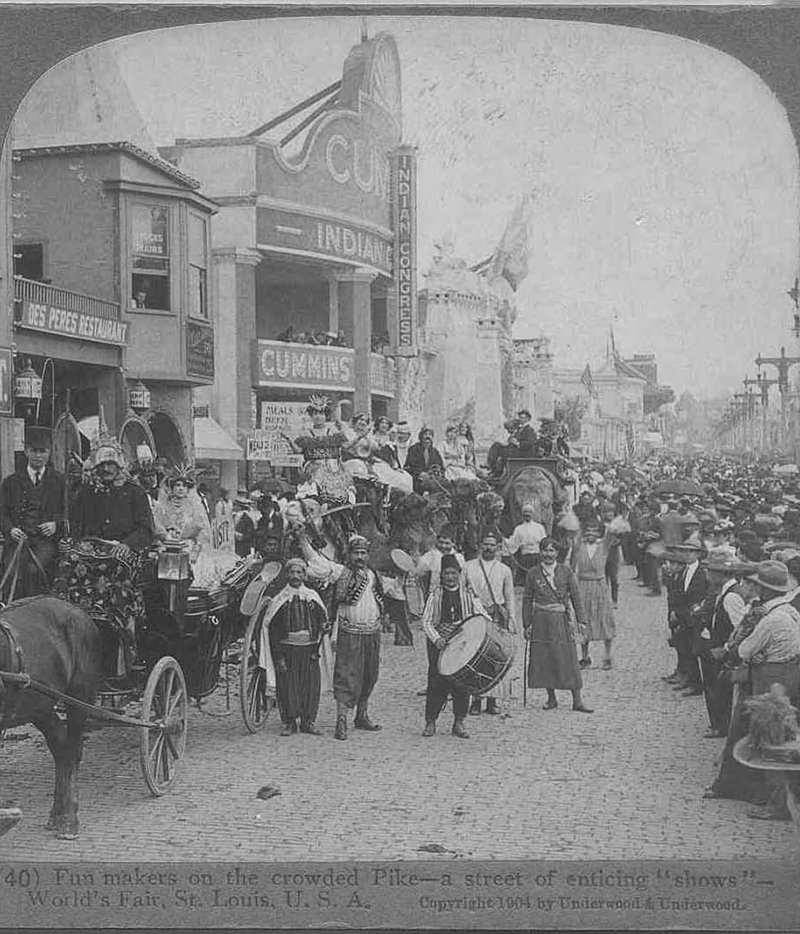 View Image
View Image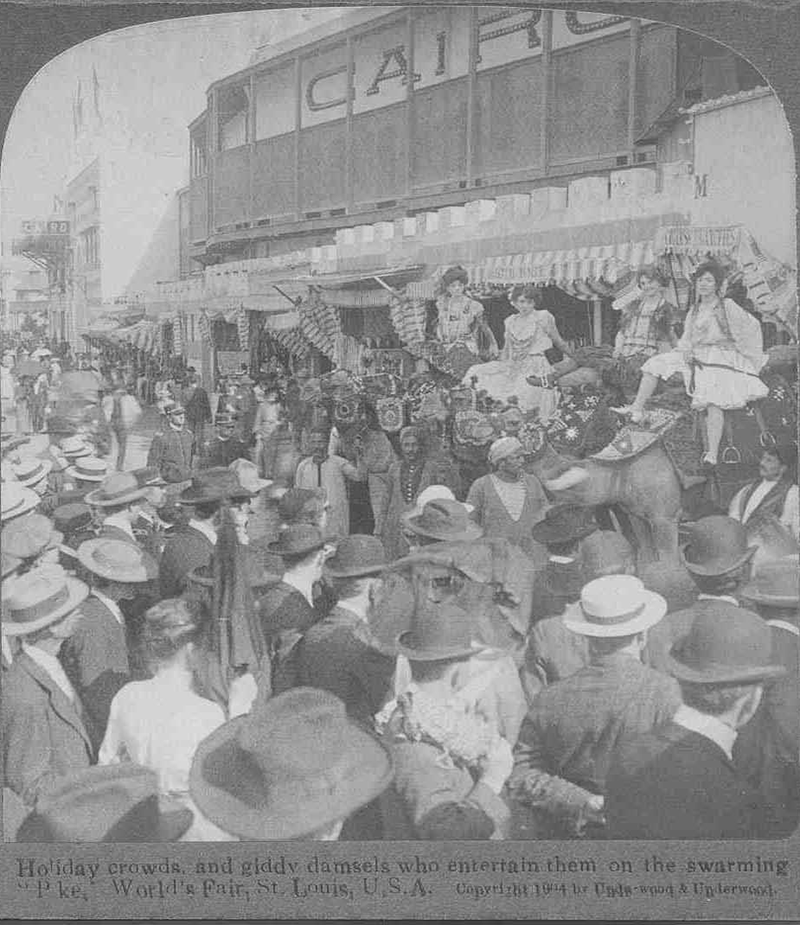 View Image
View Image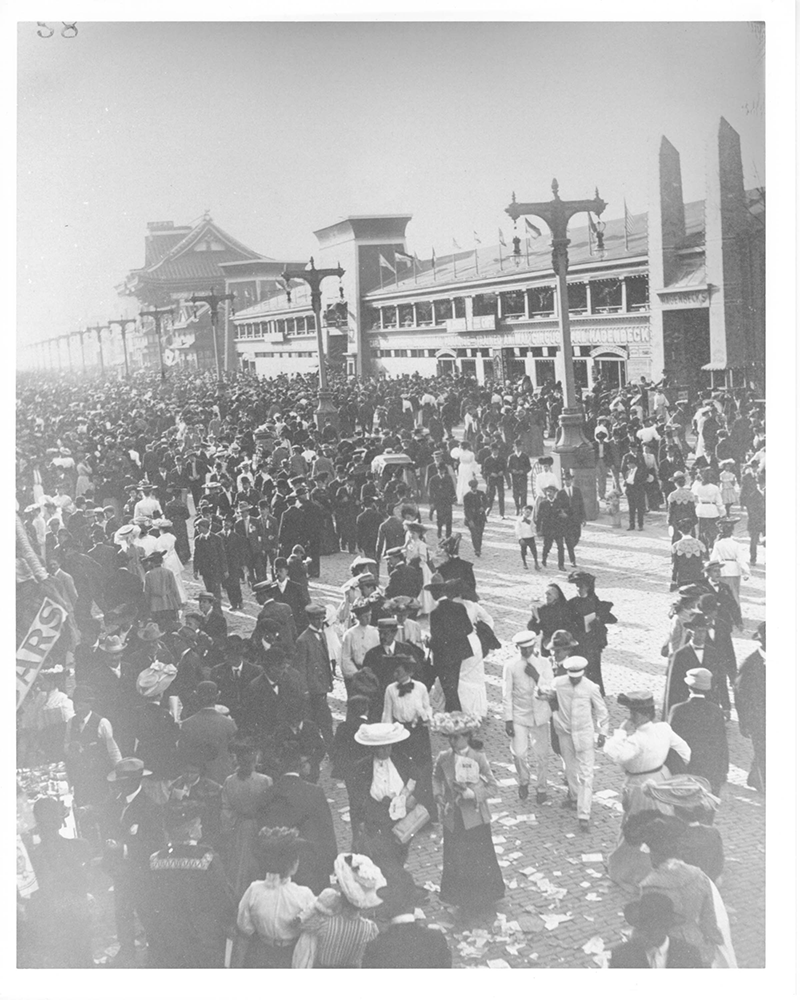 View Image
View Image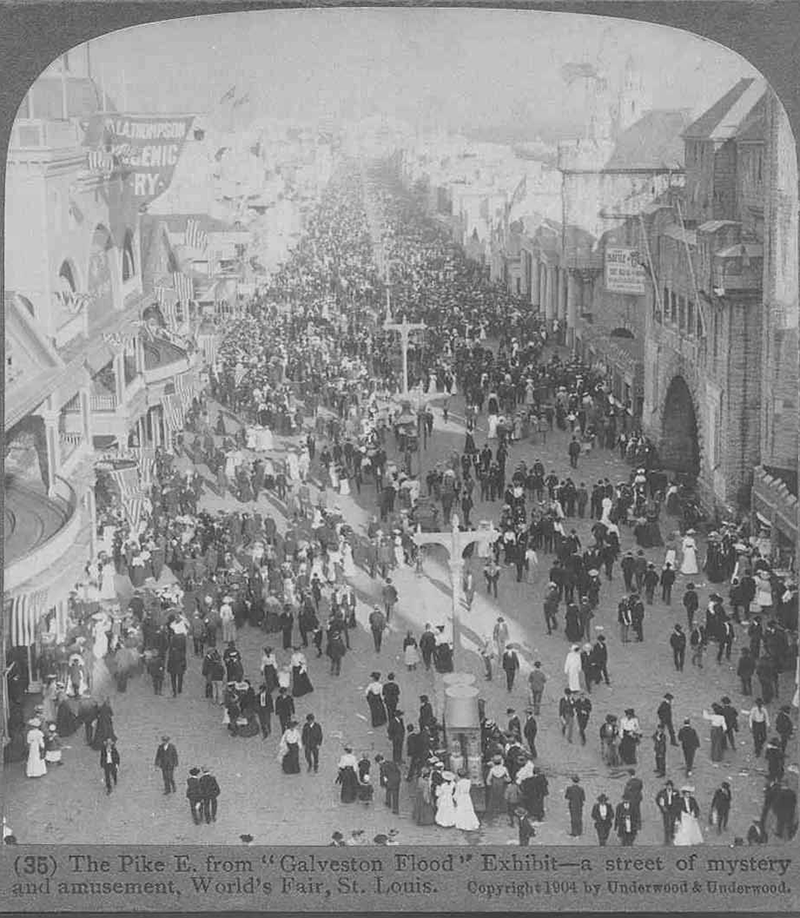 View Image
View Image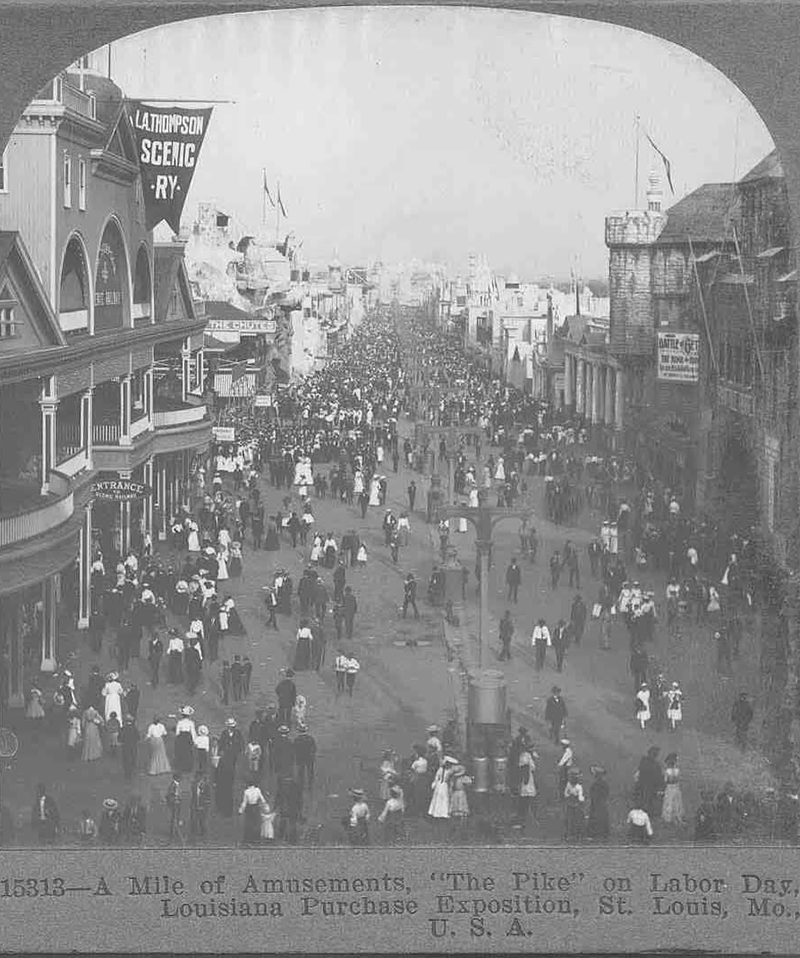 View Image
View Image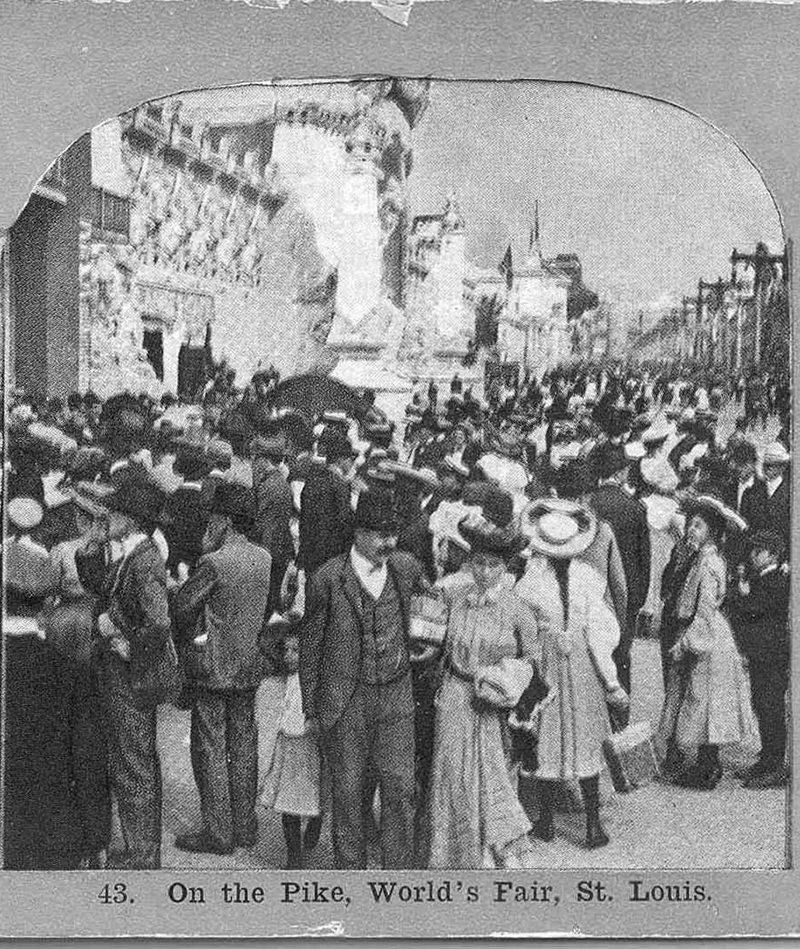 View Image
View Image